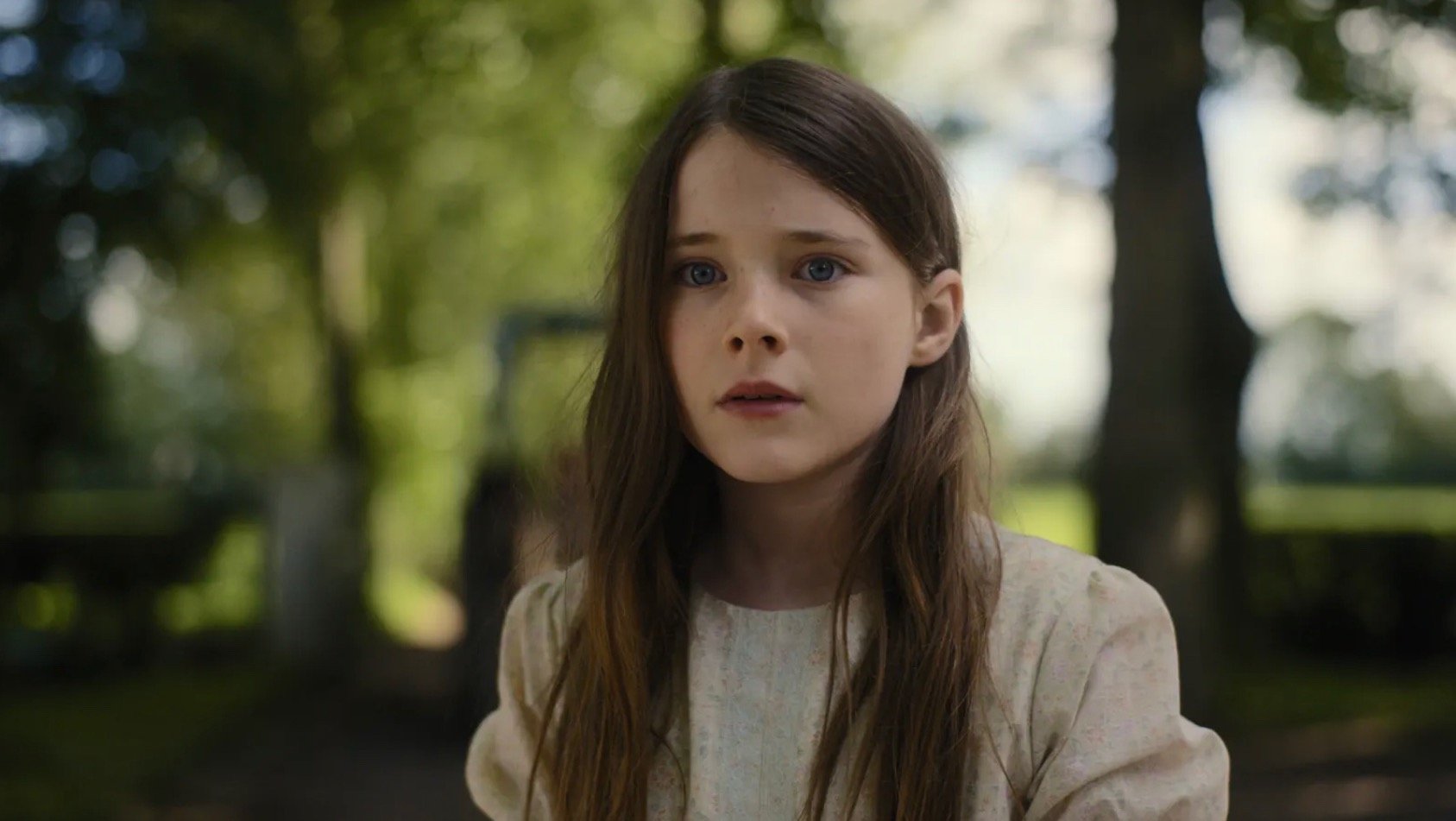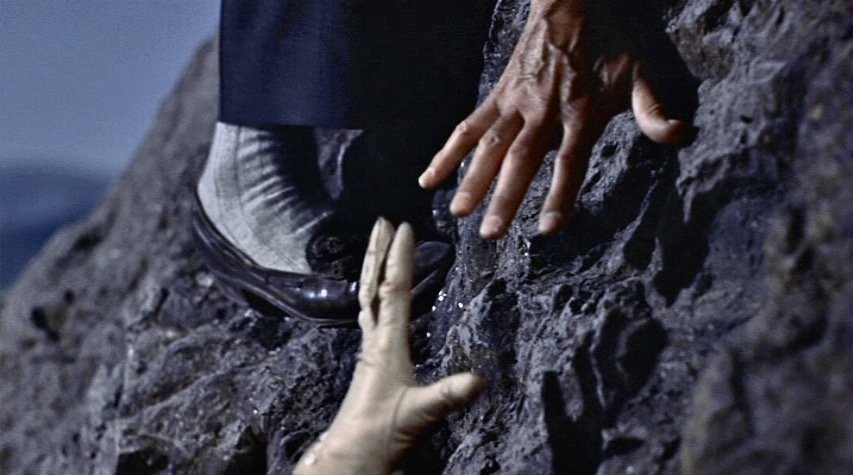Or: Every Good Story Demands a Sacrifice
Photo by Mikhail Vasilyev on Unsplash
Just think! Shakespeare could have improved Macbeth, Hamlet, Lear, Othello by miles if only he’d thought to have his protagonists do some character or other the occasional good turn. The Greeks of course were the worst at this egregious omission. Why didn’t it ever occur to Sophocles to let Oedipus to do some kind deed, help some vulnerable unfortunate along the way to his nemesis? Millennia later, Nabokov then Kubrick screwed up too. Look at their Humbert Humberts. Imagine how much better Lolita, both novel and film, might have proved had Humbert x2 rescued the Hazes, mother and daughter from his despicable machinations. And that Alfred Hitchcock and his Norman Bates…? What could the master have been thinking?
Didn’t any of these folk realize that you have to let the audience off the hook? Make it easier for it. Give everyone a character ‘to root for’? Help the poor things make it through the tale, comforted as it progresses by the kind spirit of some good at heart protagonist?
Or wait! Did they get it right all along…?
Okay, so Abraham, at the last moment, spares Isaac — a cat in the form of his son — in what, for me, is one of the most powerful, resonant myths I know, a story that has long defied my analysis from the time when, as a child, it terrified me (and still does). But even in this episode, there’s a sacrifice at the end, one which Abraham feels obliged to perform. A poor ram turns up at just the wrong time, its life duly forfeited to the Almighty (who saves the boy but dooms the hapless ruminant).
We have offered sacrifices, animal and human, to one deity or another since time immemorial. Myths and legends have been culling young gods without mercy. Those sacrificed on the battlefield are regarded as heroes. We are fascinated with, even obsessed by the premature passing of youthful stars and celebrities sacrificed to the gods of fame. A chess player sacrifices a piece to win a maneuver, perhaps a game.
Sacrifice — from the Latin for making holy.
When a character saves a cat, as the well-known book tells us, they redeem themselves. Now we invest in them, so our moggy-protecting instructor says. When a character strangles a cat, indeed when the writers murders the lovable creature (because it is the writer who is ultimately responsible), they perform a sacrifice, often for the sake of a good story (which perhaps is rendered, in a sense, also holy). Okay, perhaps we then have a problem with the character (although not always too much perhaps, given the populism of mainstream bloodlust and badasserie). Such an issue though, may prove not to be an obstacle to our engagement with a story.
Behold (for example) the anti-hero! Charles Foster Kane. Tom Ripley. Frank Sheeran. Lydia Tár.* No feline salvation there! Quite the contrary: grimalkin corpses abound. No sentimental or redemptive get-outs. The audience is dragged kicking and screaming along with the movies’ shocking protagonists. Ripley even gets away with his crimes (although not in René Clement’s Purple Noon — here, Alain Delon’s success might reveal just too dangerously a perverse glamour in punishment-free murder).
(*Poor box office for Tár because of a toxic protagonist in a chilly movie or because she is a conductor of symphony orchestras. Methinks the latter. Audiences will go for malevolence but not for Mahler.)
A character doesn’t even need to be an anti-hero in order to esschew the practice of Felis catus salvation. Look at the Graham family in Ari Aster’s Hereditary. Annie saves no one, her attempt to bond son and daughter, and later to reunite husband and son with her deceased child turn out to both be intractably disastrous. Far from saving his sister from her nut allergy convulsions meanwhile, Peter brings about her cervical schism. Control freak husband Steve attempts to save everyone throughout but helps nobody. Do we care about a family powerless in the face of a determinist universe in which no cat nor indeed the family dog stand an earthly? Do we stick with the movie? Well, I do. I care and I follow the drama avidly, incapable of escape like its cursed family.
If the concept of Saving the Cat is rooted in the notion of redemptio, this iswhat we may wish for in a character. It offers us the reassurance that human nature might be essentially good.
But quite apart from such a bromide, is such reassurance really what story is about?
Nobel Laureate Alice Munro says that story should have a sturdy sense of itself of being built out of its own necessity, not just to shelter or beguile you. Munro saves few cats in her short stories — she’s too busy attending to the vicissitudes her tales demand.
It is the lauded Canadian author who here gives the lie to the facile cat-saving platitude.
Save the Cat? Far from it. A good story needs ample room to swing one.
Save the Story more like! And the truth it might reveal…
NOTE: No actual animals were harmed in the writing of this article nor does the writer intend that any creature — purring or otherwise — at the hands of any reader, should be.
Peter Markham March 2023









